Webinars have become an increasingly popular tool in the world of marketing and sales. A webinar, short for web-based seminar, is a live online presentation or workshop that allows businesses to connect with their audience in a more personal and interactive way. It provides a platform for businesses to showcase their expertise, educate their audience, and ultimately drive sales.
Webinars play a crucial role in the sales funnel by helping businesses attract, engage, and convert leads into customers. They offer a unique opportunity to build trust and credibility with your audience, as well as establish yourself as an authority in your industry. By providing valuable content and addressing the pain points of your target audience, webinars can effectively move prospects through the sales funnel and increase the likelihood of conversion.
There are several benefits to using webinars in your marketing strategy. Firstly, webinars allow you to reach a wider audience without the limitations of physical location. With just an internet connection, people from all over the world can attend your webinar, expanding your reach and potential customer base. Additionally, webinars provide a cost-effective way to generate leads and nurture them through the sales process. By offering valuable content for free, you can attract high-quality leads who are genuinely interested in your product or service. Lastly, webinars offer a level of interactivity that other marketing channels lack. Participants can ask questions, provide feedback, and engage with the presenter and other attendees in real-time, creating a more personalized and engaging experience.
Understanding Your Audience: Key to a Successful Webinar
Before diving into creating a webinar, it’s crucial to understand your target audience. Identifying who your ideal customer is will help you tailor your content and presentation to their specific needs and interests. Start by conducting market research to gather information about your target audience’s demographics, preferences, pain points, and challenges. This will give you valuable insights into what topics and solutions they are looking for.
Once you have a clear understanding of your audience, create a buyer persona. A buyer persona is a fictional representation of your ideal customer, based on real data and research. It helps you visualize and empathize with your target audience, allowing you to create content that resonates with them on a deeper level. Include details such as age, gender, occupation, goals, challenges, and preferred communication channels. This will serve as a guide throughout the webinar creation process.
Choosing the Right Topic: How to Capture Your Audience’s Attention
Choosing the right topic for your webinar is crucial in capturing your audience’s attention and driving attendance. Start by researching trending topics in your industry. Look for subjects that are currently generating buzz and interest among your target audience. This will ensure that your webinar is relevant and timely, increasing the chances of attracting a larger audience.
In addition to trending topics, address the pain points and challenges that your audience is facing. Identify the common problems they encounter and offer solutions and strategies to overcome them. By providing valuable insights and actionable advice, you position yourself as an expert who can help them overcome their challenges.
Lastly, make sure to provide value in your webinar. Offer practical tips, strategies, or case studies that your audience can implement immediately. By delivering actionable content, you establish yourself as a trusted resource and increase the likelihood of attendees converting into customers.
Crafting an Engaging Presentation: Tips and Tricks
Creating an engaging presentation is key to keeping your audience’s attention throughout the webinar. Start by crafting a compelling story that hooks your audience from the beginning. Use storytelling techniques to create a narrative that resonates with your audience and keeps them engaged until the end.
Visuals and multimedia are also essential in capturing and maintaining attention. Use high-quality images, videos, and infographics to illustrate your points and make your presentation visually appealing. This will help break up the monotony of slides and keep your audience visually engaged.
Incorporating interactive elements into your webinar can also enhance engagement. Use polls, quizzes, and Q&A sessions to encourage participation and interaction from your audience. This not only keeps them engaged but also allows you to gather valuable feedback and insights.
Choosing the Right Platform: Comparing Popular Webinar Tools
Choosing the right webinar platform is crucial in delivering a seamless and professional webinar experience. There are several popular webinar tools available, each with its own features and capabilities. Here are a few popular options to consider:
1. Zoom: Zoom is a widely used video conferencing platform that offers webinar functionality. It allows you to host webinars with up to 100 participants and offers features such as screen sharing, chat, and Q&A. Zoom is known for its ease of use and reliability.
2. GoToWebinar: GoToWebinar is a dedicated webinar platform that offers advanced features such as custom registration pages, automated email reminders, and analytics. It can accommodate up to 3,000 attendees and provides a seamless user experience.
3. WebinarJam: WebinarJam is a comprehensive webinar platform that offers features such as live chat, polls, and attendee spotlight. It also integrates with popular marketing tools such as Mailchimp and Infusionsoft, making it easy to manage your leads.
4. Demio: Demio is a user-friendly webinar platform that focuses on simplicity and ease of use. It offers features such as automated webinars, customizable registration pages, and analytics. Demio also integrates with popular marketing tools for seamless lead management.
When choosing a webinar platform, consider factors such as the size of your audience, the features you require, and your budget. It’s also important to test out different platforms to ensure they meet your specific needs before committing to one.
Preparing Your Webinar: Best Practices for a Smooth Execution
Preparing for your webinar is crucial in ensuring a smooth and successful execution. Start by setting up your equipment and software well in advance. Test your microphone, camera, and internet connection to ensure they are working properly. Familiarize yourself with the webinar platform and its features to avoid any technical difficulties during the live event.
Rehearsing your presentation is also essential. Practice delivering your content, timing your slides, and incorporating any interactive elements. This will help you feel more confident and comfortable during the actual webinar.
Creating a backup plan is also recommended in case of any unforeseen technical issues. Have a backup internet connection, microphone, or camera on hand in case of emergencies. It’s better to be prepared and have a backup plan than to be caught off guard during the live event.
Promoting Your Webinar: Strategies for Maximum Attendance
Promoting your webinar is crucial in driving maximum attendance and ensuring its success. Start by creating a landing page dedicated to your webinar. Include compelling copy, visuals, and a clear call-to-action that encourages visitors to register for the event. Make sure to highlight the value and benefits attendees will receive by attending the webinar.
Utilize social media and email marketing to spread the word about your webinar. Create engaging posts and emails that highlight the key takeaways and benefits of attending. Use eye-catching visuals and compelling copy to capture your audience’s attention and drive them to register.
Partnering with influencers and affiliates can also help increase attendance. Reach out to industry influencers or complementary businesses and ask them to promote your webinar to their audience. Offer them an incentive such as a commission or free access to the webinar in exchange for their promotion.
Delivering a Killer Presentation: Best Practices for Engaging Your Audience
Delivering a killer presentation is crucial in engaging your audience and maximizing the impact of your webinar. Start strong by grabbing your audience’s attention from the beginning. Use a compelling opening statement, ask a thought-provoking question, or share a surprising statistic to hook your audience and make them eager to hear more.
Throughout the presentation, encourage participation and feedback from your audience. Use interactive elements such as polls, quizzes, and Q&A sessions to keep them engaged and involved. This not only makes the webinar more interactive but also allows you to gather valuable insights and feedback from your audience.
Handling technical difficulties gracefully is also important. If you encounter any technical issues during the webinar, remain calm and professional. Communicate the issue to your audience and provide updates on when it will be resolved. Having a backup plan in place will also help minimize any disruptions caused by technical difficulties.
Maximizing Post-Webinar Engagement: Follow-up Strategies
Maximizing post-webinar engagement is crucial in nurturing leads and converting them into customers. Start by sending a thank-you email to all attendees, expressing your gratitude for their participation. Include a summary of the key takeaways from the webinar and any additional resources or offers you may have.
Provide additional resources and offers to further engage your audience. This could include downloadable guides, case studies, or exclusive discounts on your products or services. By providing additional value, you continue to build trust and credibility with your audience.
Conducting a survey for feedback is also recommended. Send a follow-up email asking attendees to provide feedback on their experience. Ask for their thoughts on the content, presentation style, and any improvements they would suggest. This feedback will help you improve future webinars and better meet the needs of your audience.
Analyzing Your Webinar’s Success: Metrics to Measure Your ROI
Analyzing the success of your webinar is crucial in measuring its impact on your sales funnel. There are several key metrics you can track to measure your ROI:
1. Attendance rate: Measure the number of registrants versus the number of attendees to determine your attendance rate. This will give you an idea of how effective your promotion efforts were in driving attendance.
2. Engagement rate: Measure the level of engagement during the webinar, such as the number of questions asked, polls answered, and chat interactions. This will give you insights into how engaged your audience was during the presentation.
3. Conversion rate: Measure the number of attendees who converted into customers or took a desired action, such as signing up for a free trial or requesting a demo. This will help you determine the effectiveness of your webinar in driving conversions.
By tracking these metrics, you can identify areas for improvement and make data-driven decisions for future webinars.
Mastering the Art of Webinars for Long-Term Sales Funnel Success
In conclusion, webinars are a powerful tool in boosting your sales funnel and driving conversions. By understanding your audience, choosing the right topic, crafting an engaging presentation, and utilizing the right platform, you can create a webinar that captivates your audience and drives results.
Promoting your webinar effectively and delivering a killer presentation are key in maximizing attendance and engagement. By following up with attendees and analyzing the success of your webinar, you can continue to nurture leads and improve future webinars.
Implementing webinars in your marketing strategy can have a long-term impact on your sales funnel. They provide a unique opportunity to connect with your audience, establish yourself as an authority, and drive conversions. By mastering the art of webinars, you can take your marketing efforts to the next level and achieve long-term success.












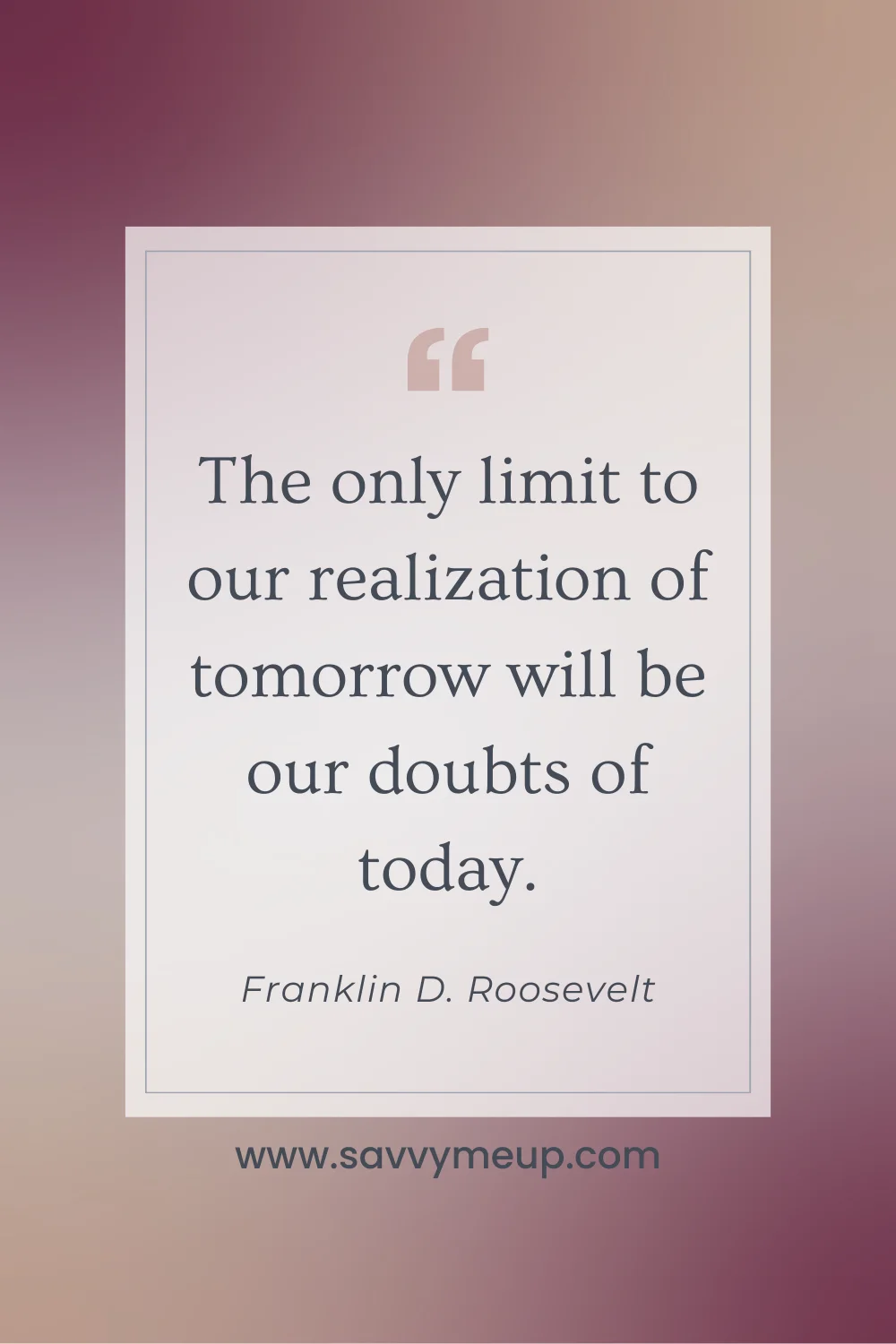

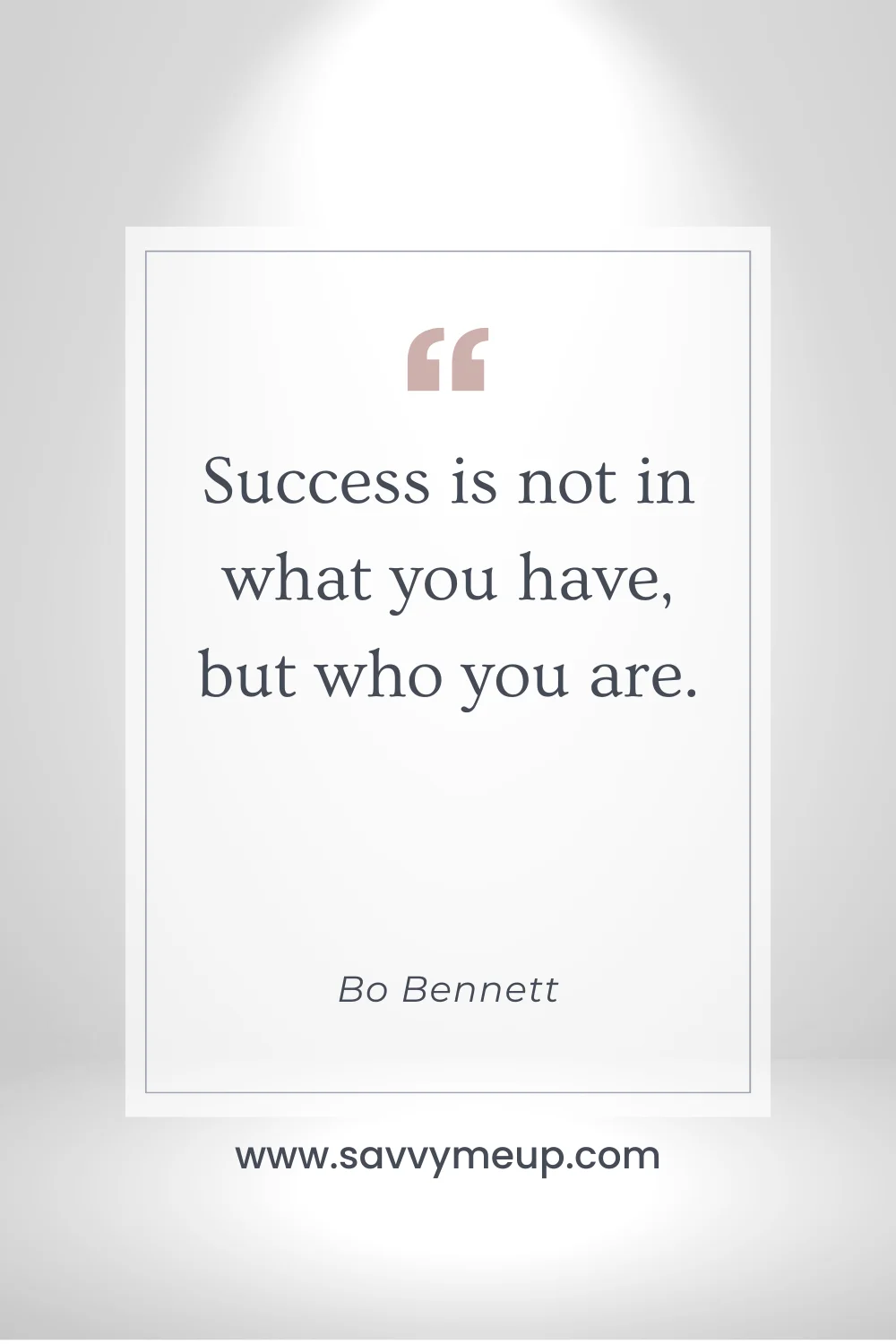
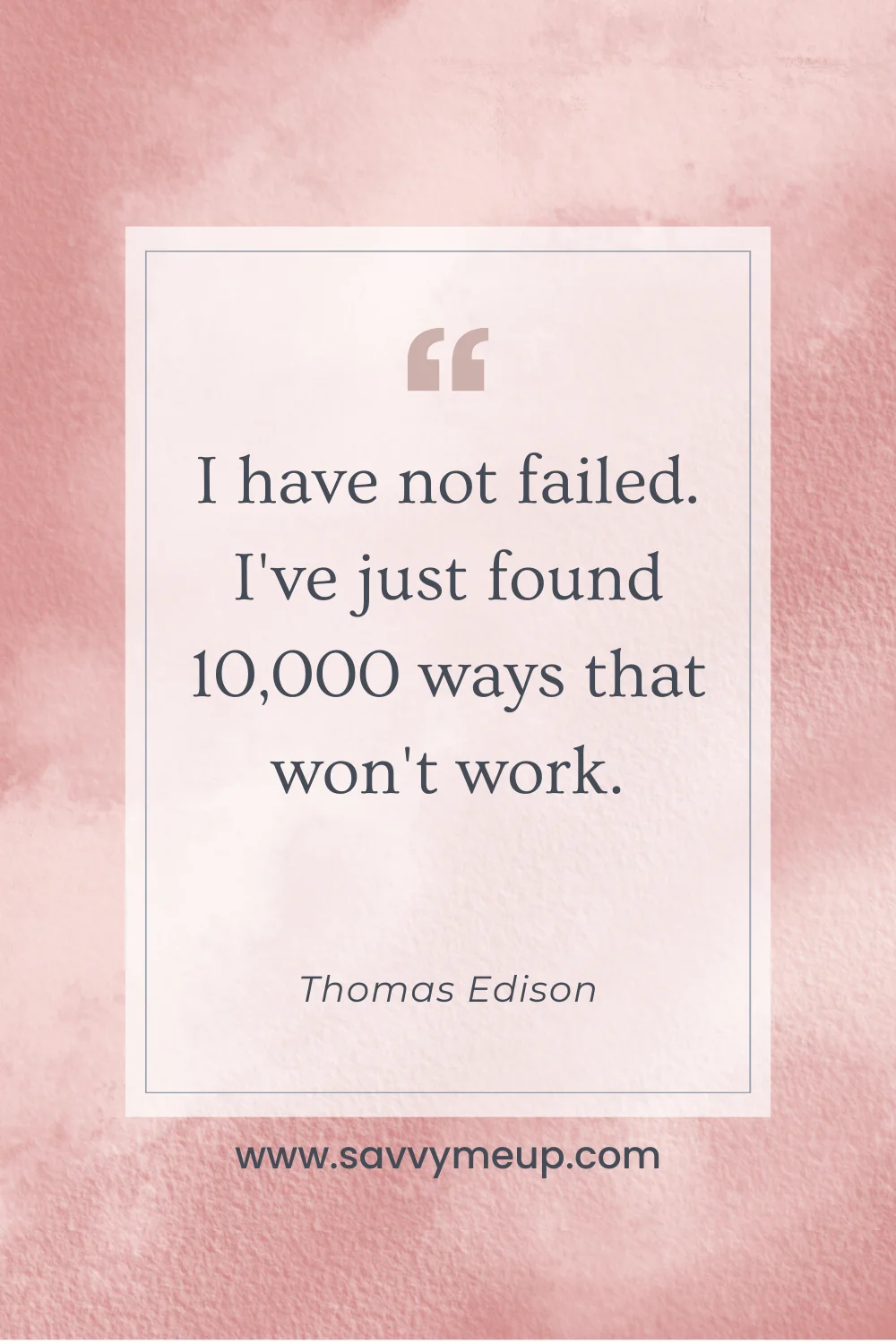
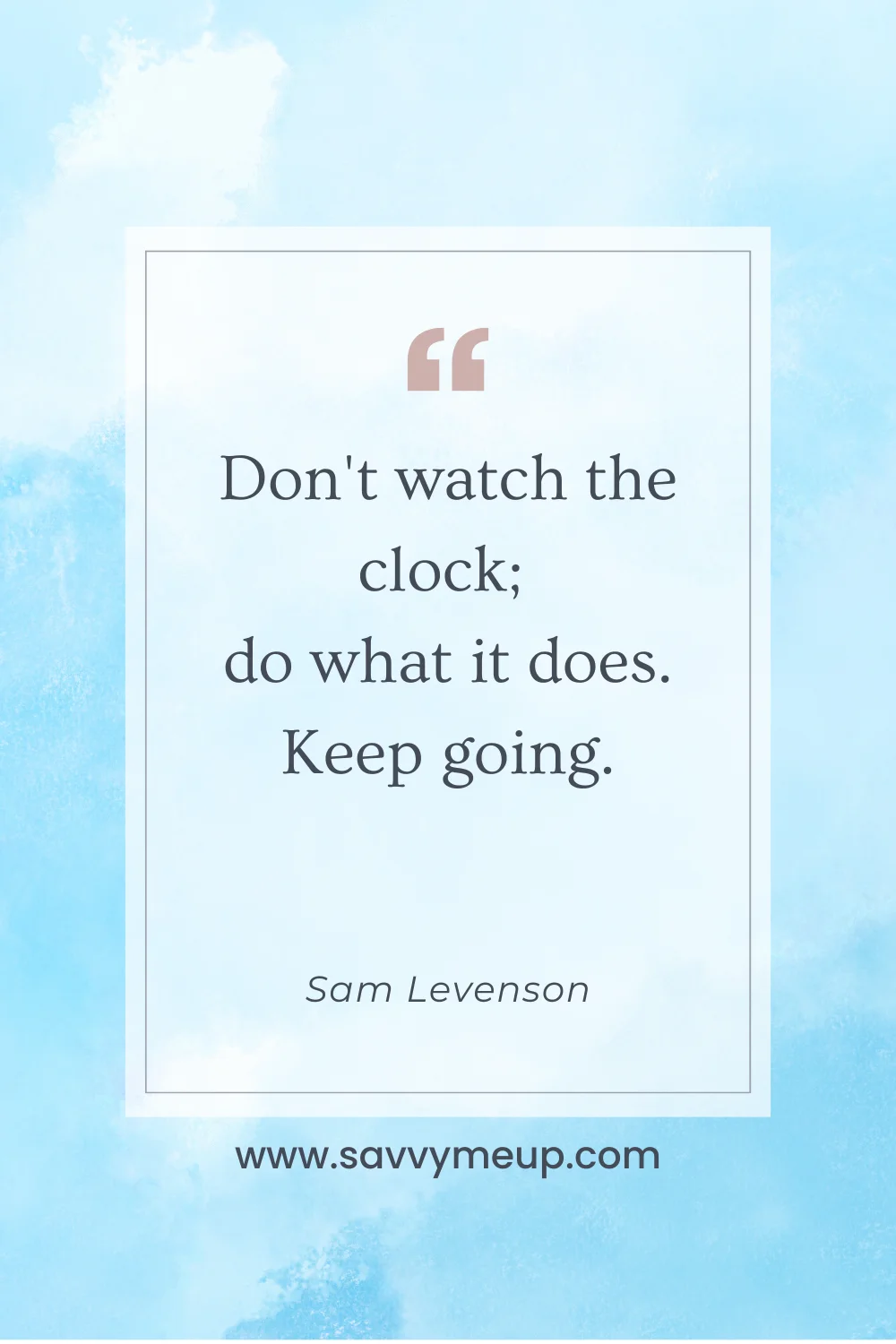

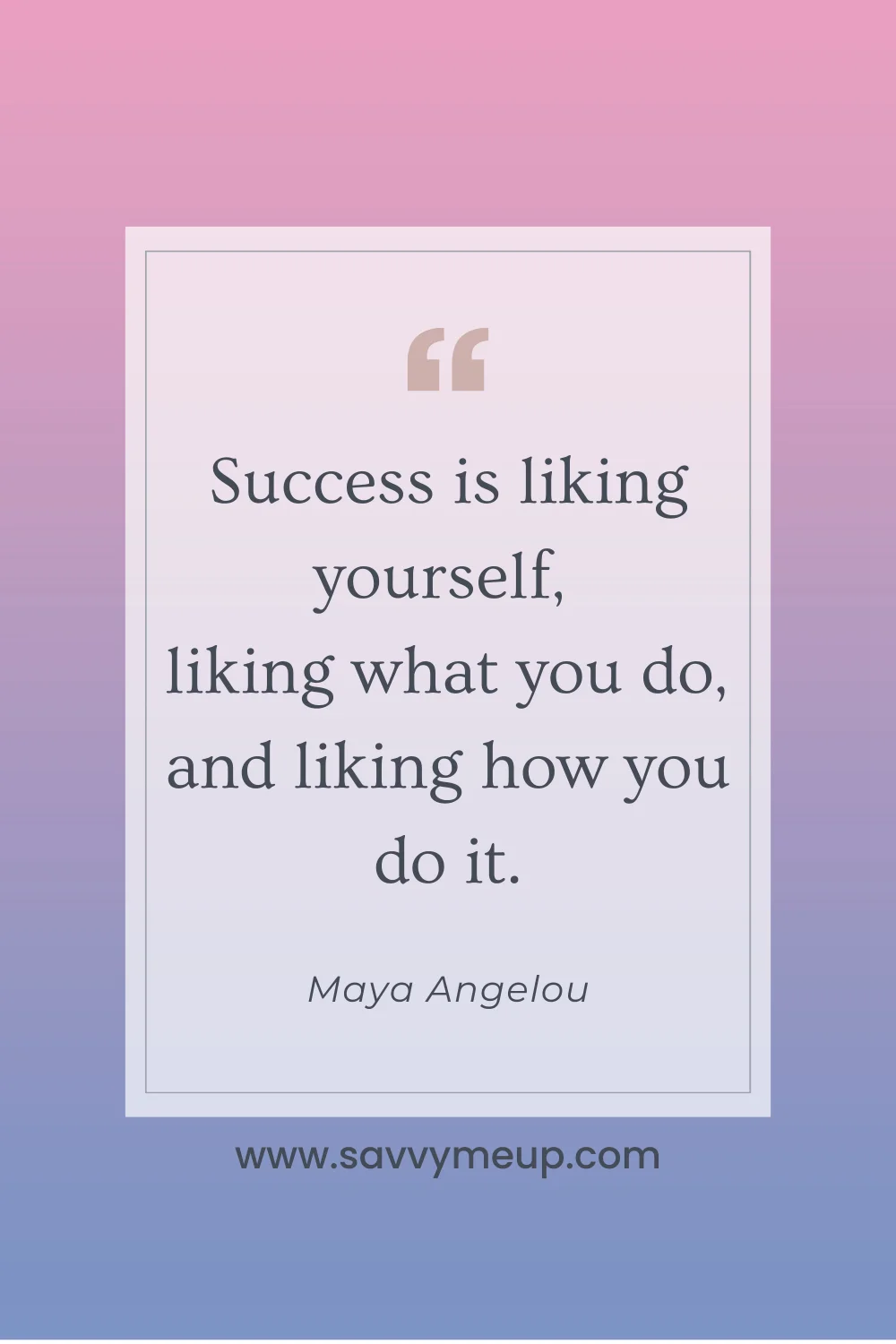
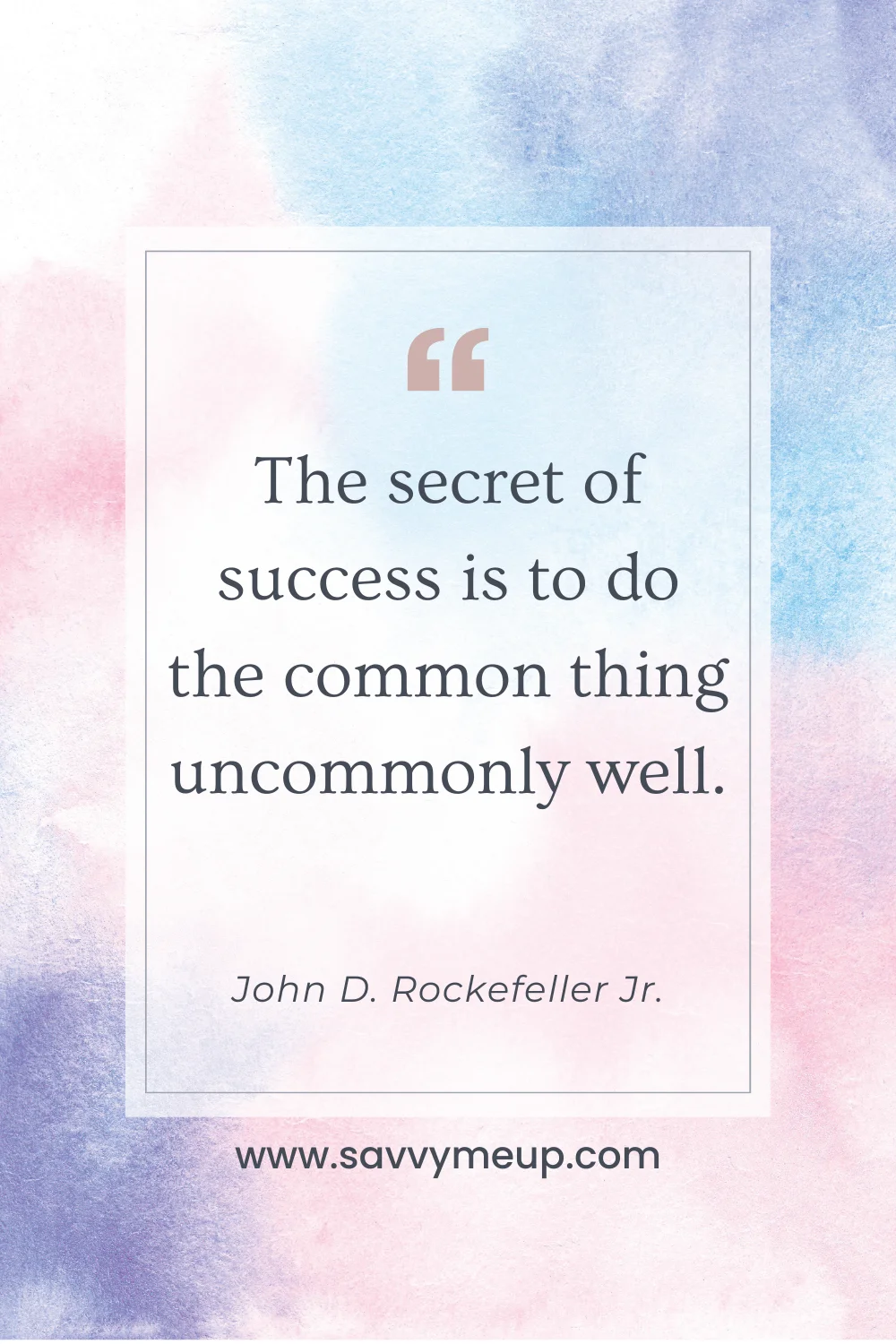
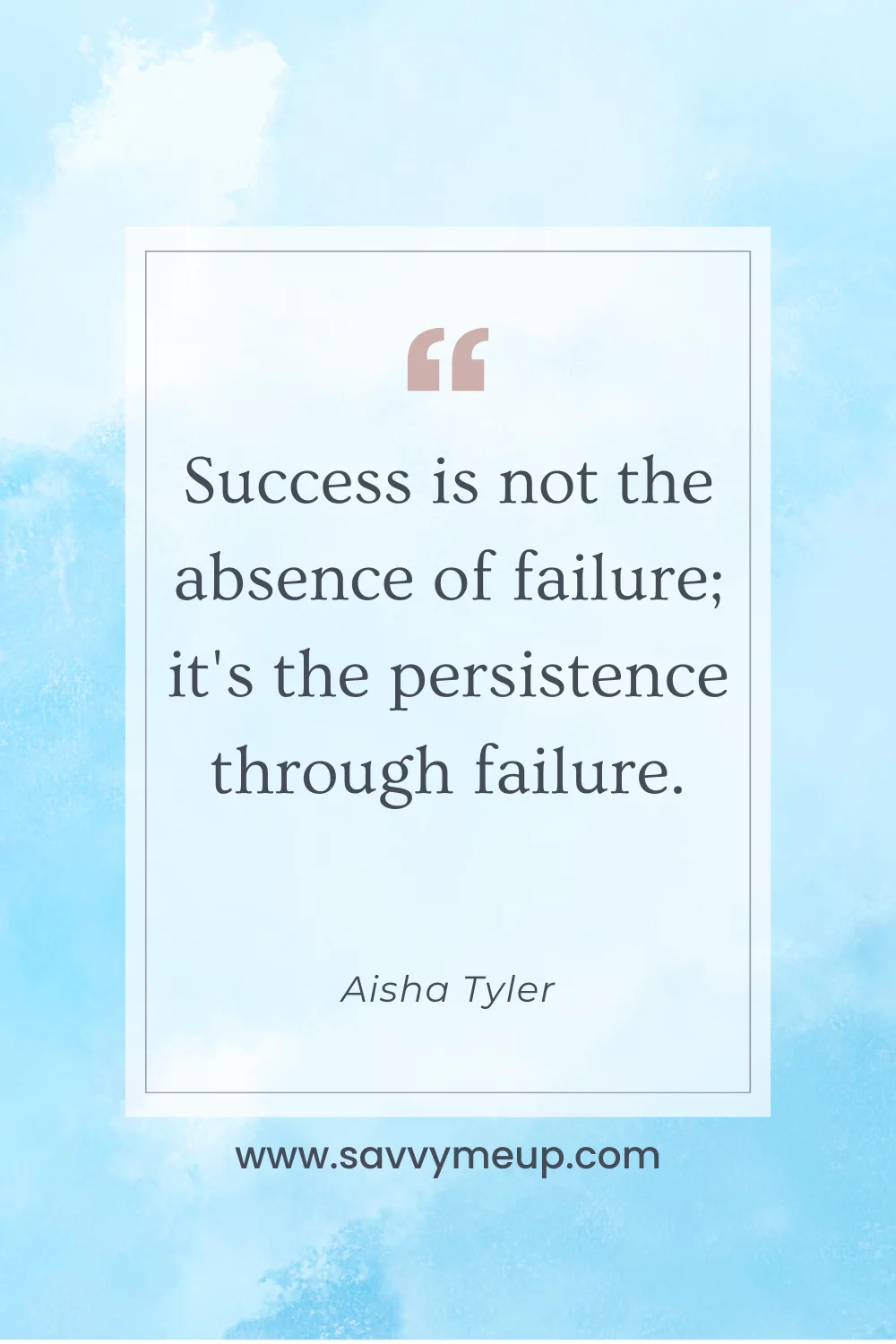
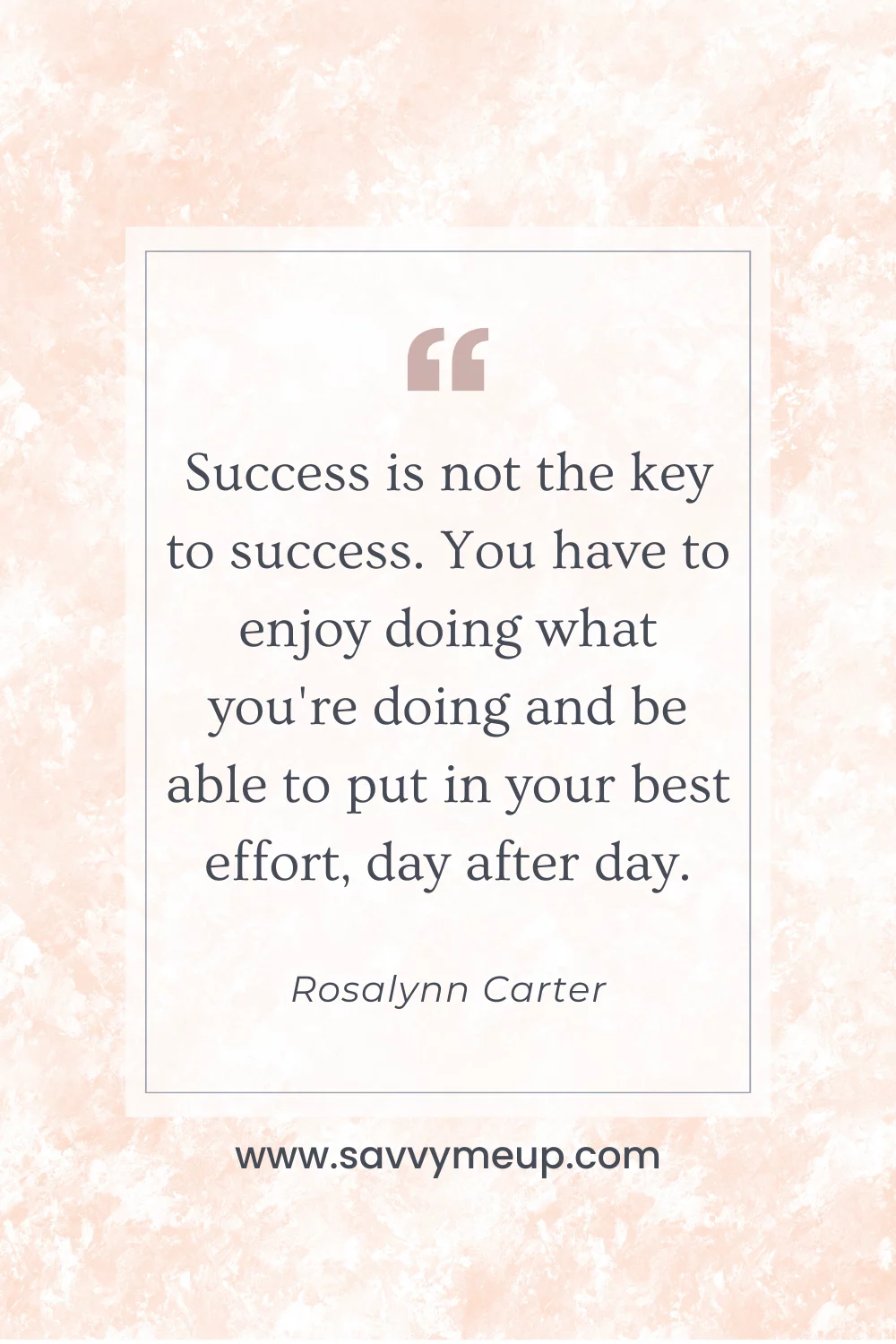
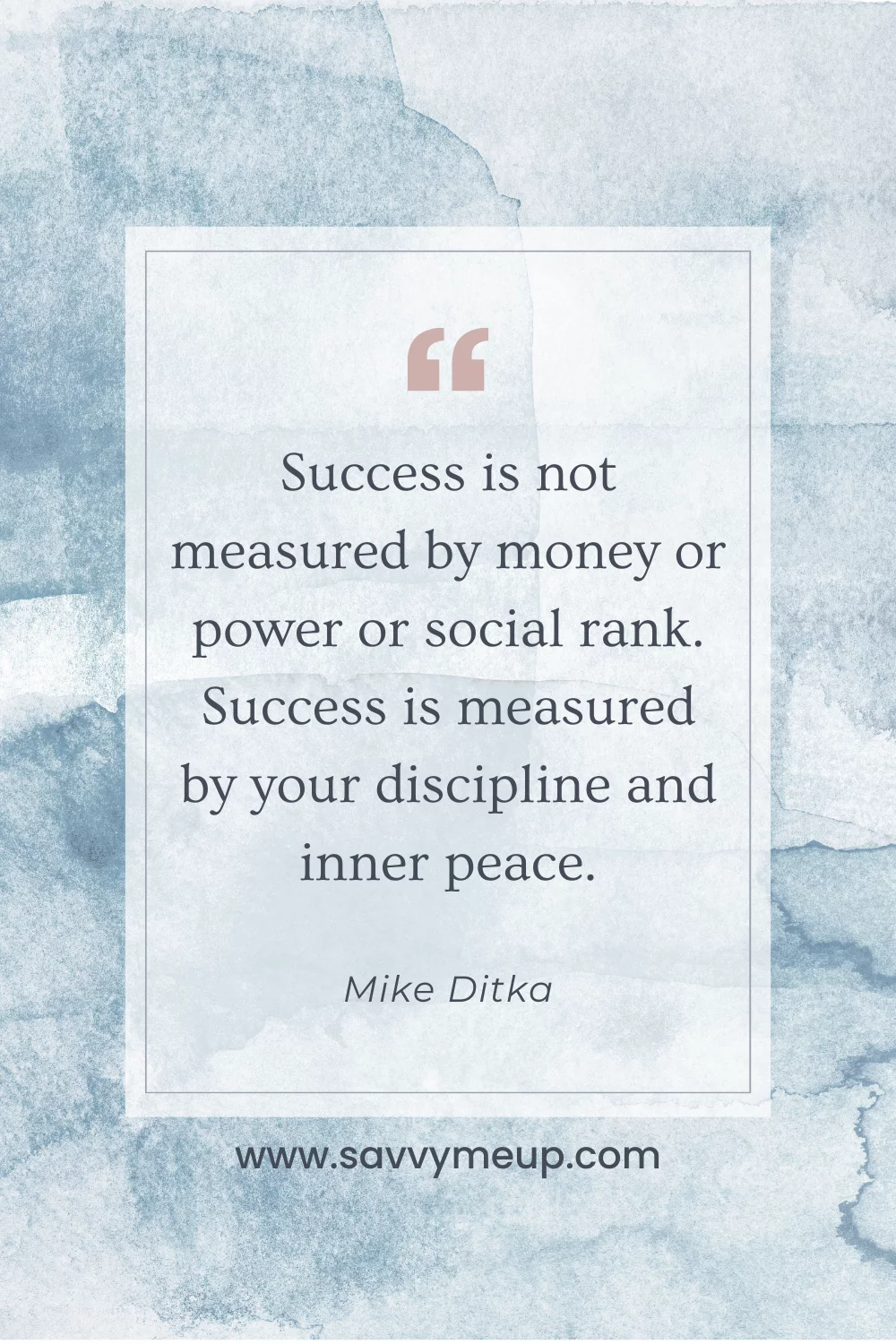
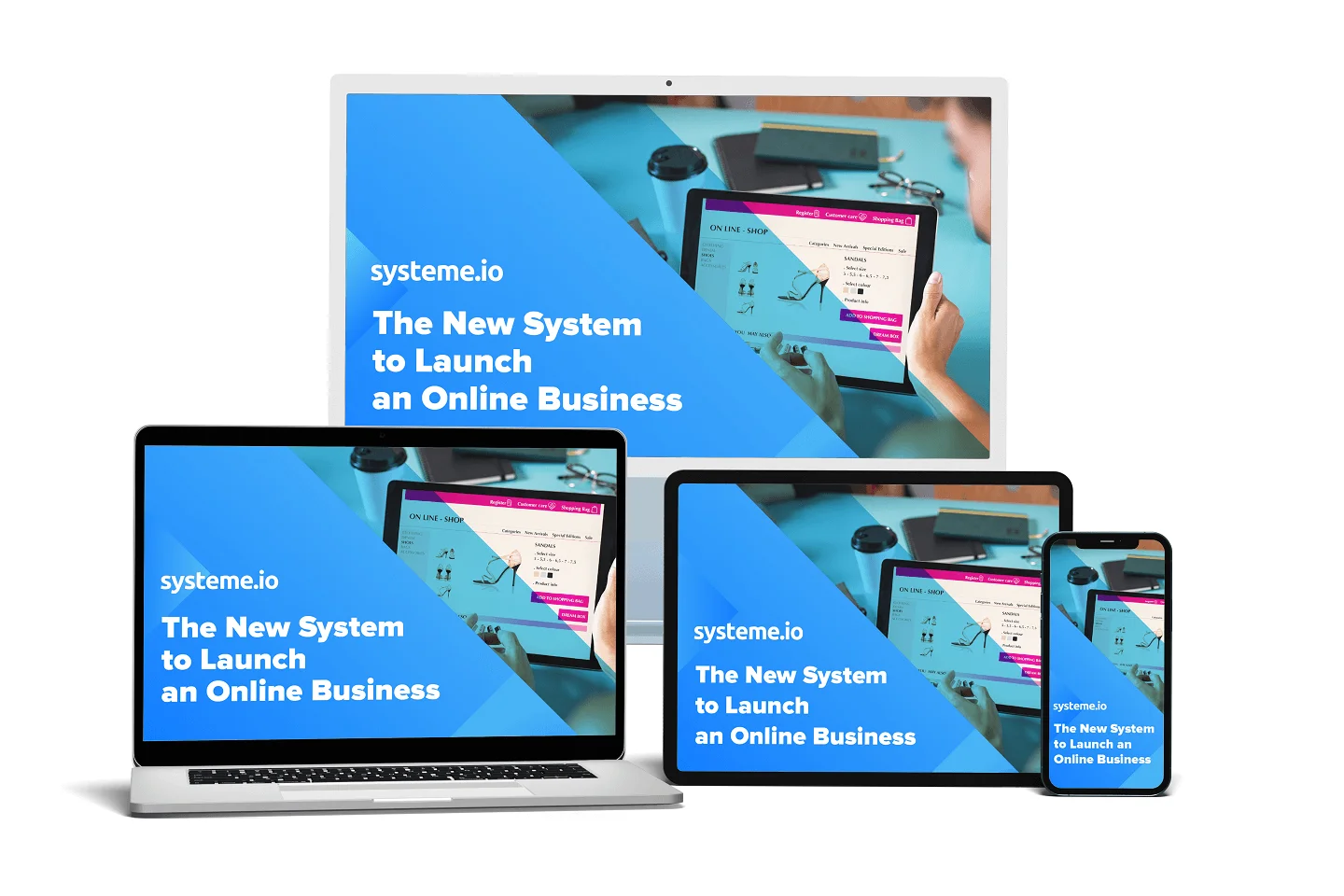

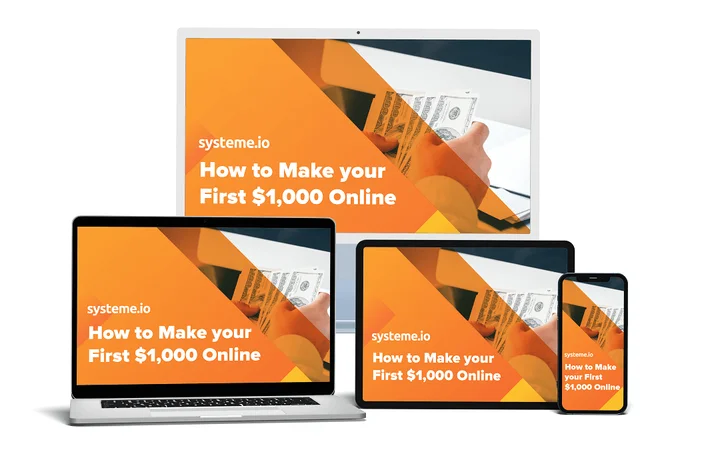
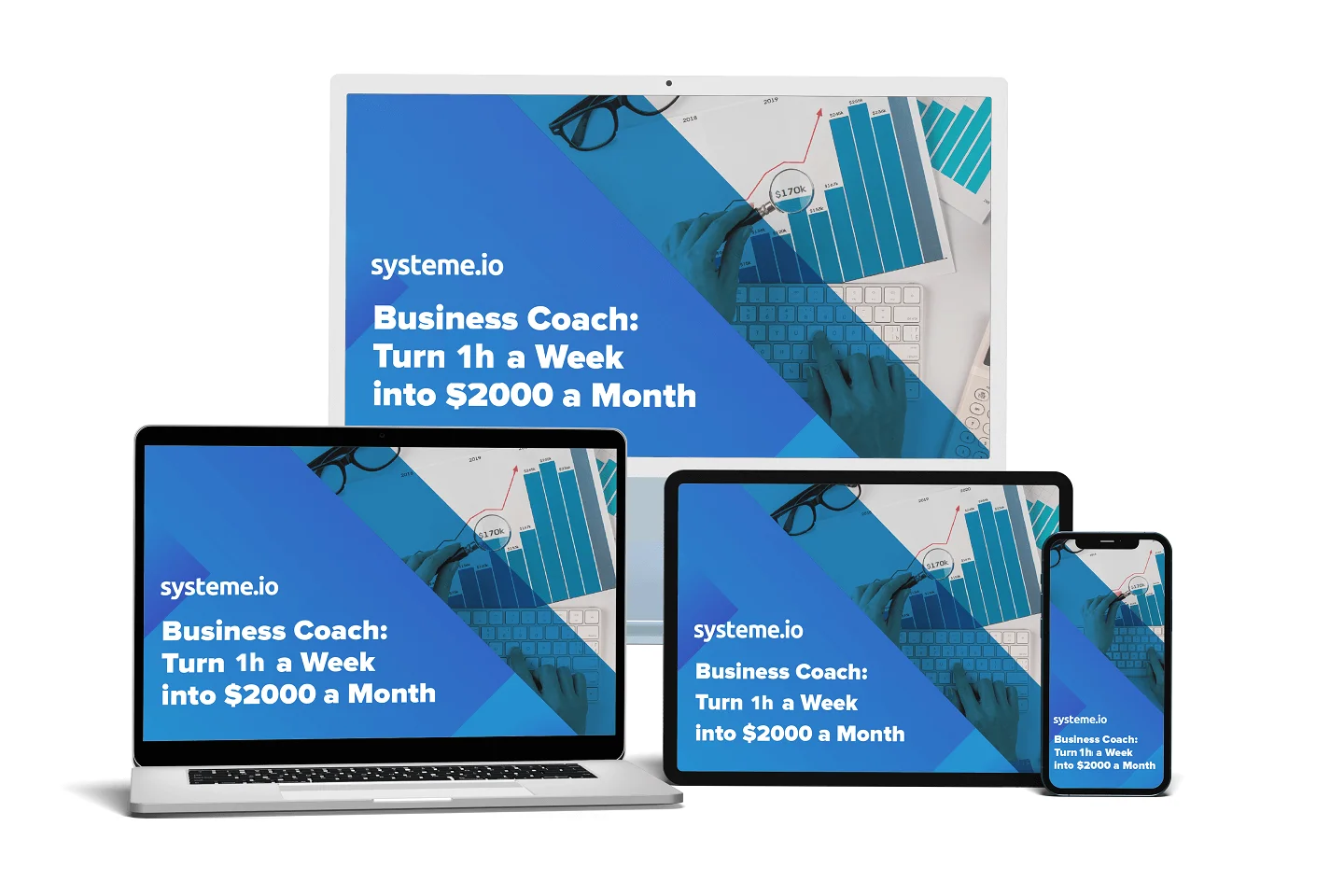
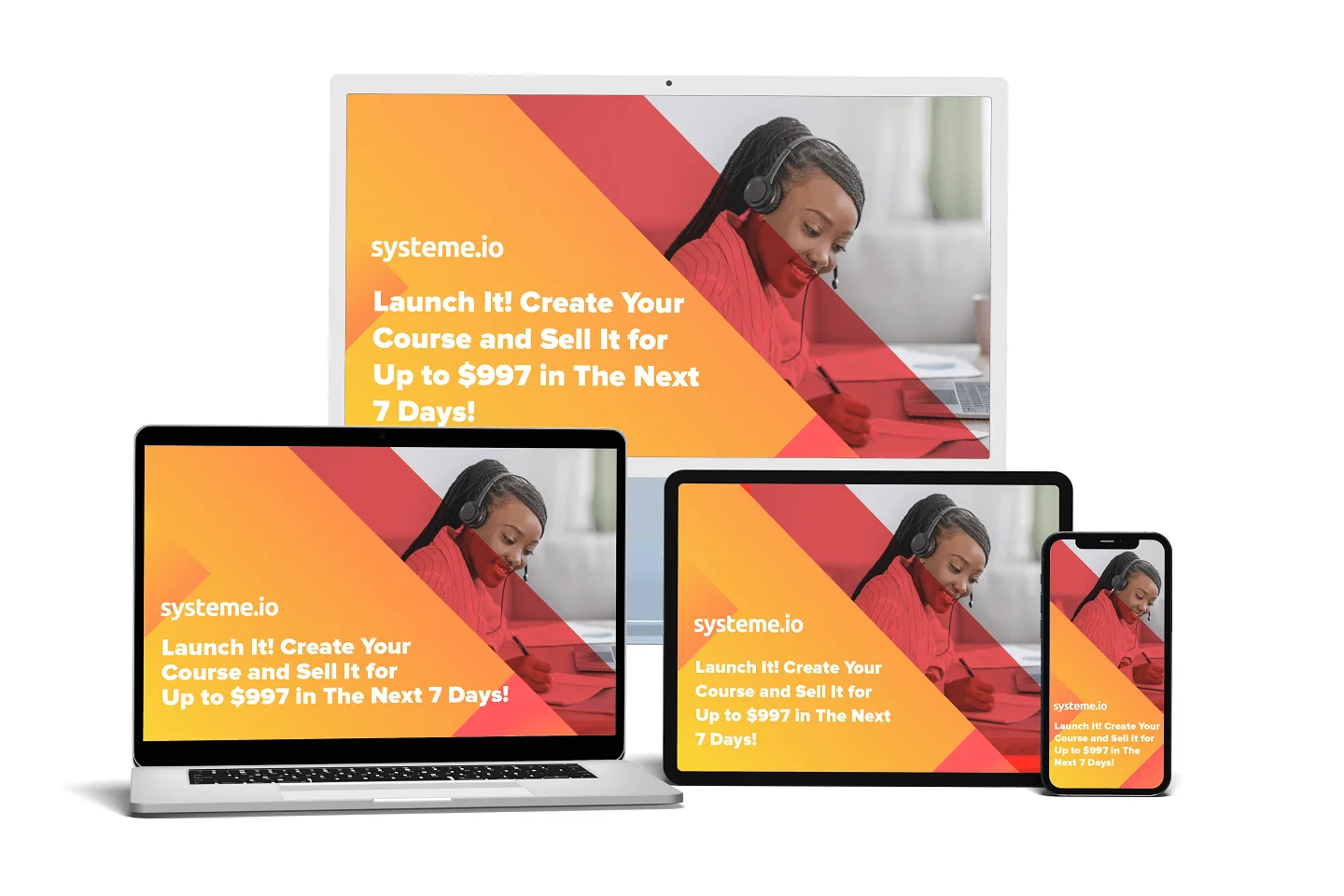
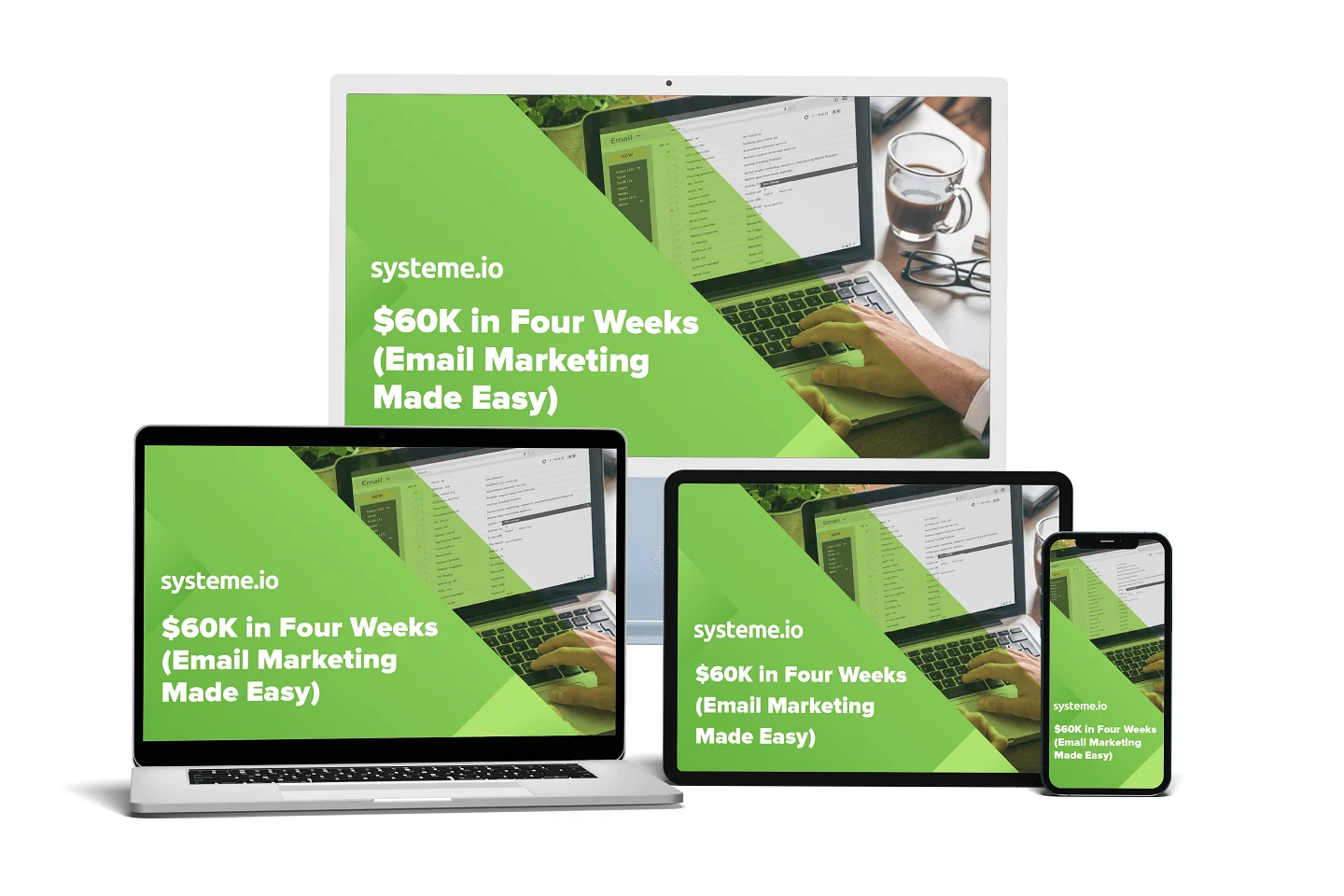
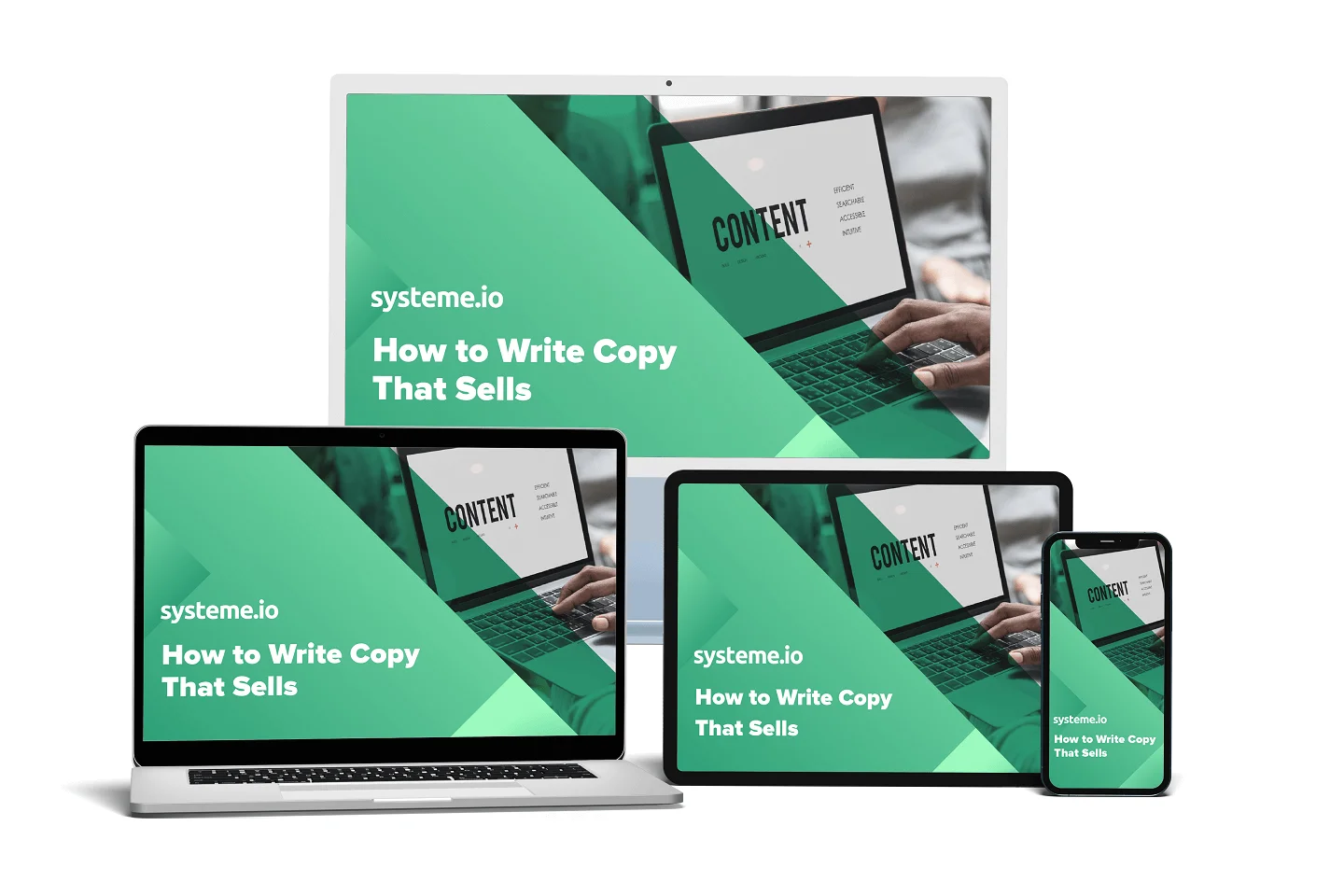
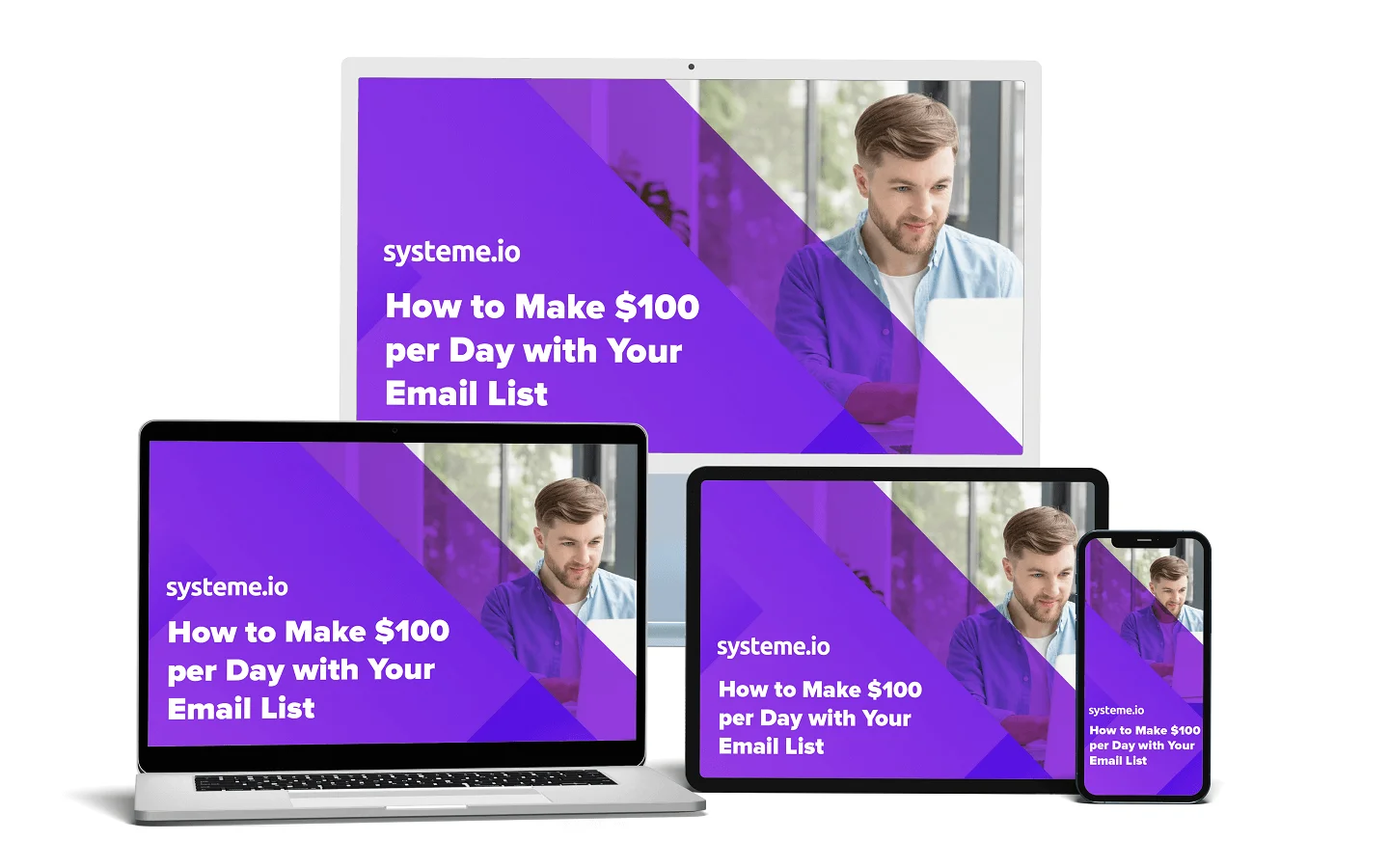








0 Comments